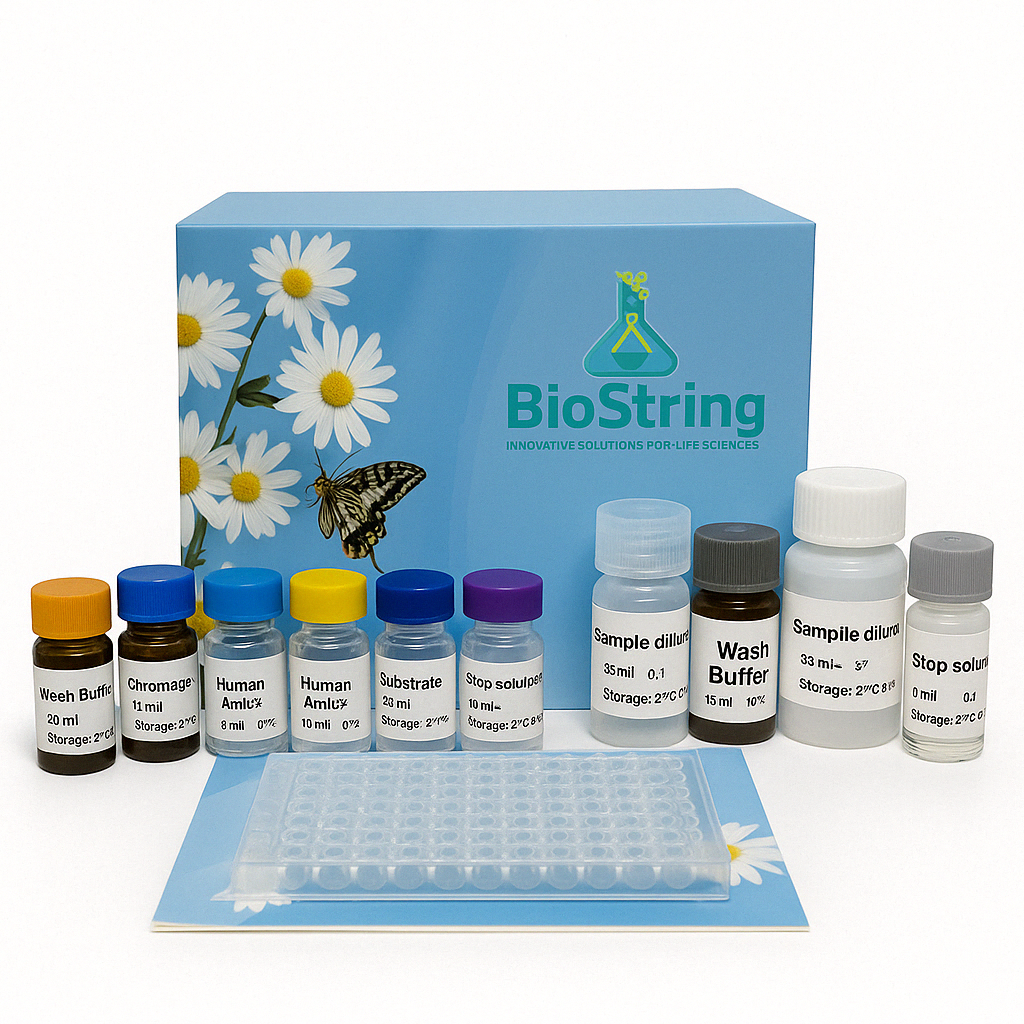| Sample Volume | 50 μL |
| Total Assay Time | 2 h 30 min |
| Recovery | 80%-120% |
| Sample Type | Serum, plasma and other biological fluids |
| Detection Method | Colorimetric method, ELISA, Competitive |
| Assay Type | Competitive-ELISA |
| Storage | 2-8℃ |
| Size | 96T | 48T | 24T | 96T*5 | 96T*10 |
| Specificity | This kit recognizes Universal HIS in samples.No significant cross-reactivity or interference between Universal HIS and analogues was observed |
Test Principle
This ELISA kit uses the Competitive-ELISA principle. The micro ELISA plate provided in this kit has been pre-coated with Universal HIS. During the reaction, Universal HIS in the sample or standard competes with a fixed amount of Universal HIS on the solid phase supporter for sites on the Biotinylated Detection Ab specific to Universal HIS. Excess conjugate and unbound sample or standard are washed away, and Avidin-Horseradish Peroxidase (HRP) conjugate are added to each micro plate well and incubated. Then a TMB substrate solution is added to each well. The enzyme-substrate reaction is terminated by the addition of stop solution and the color turns from blue to yellow. The optical density (OD) is measured spectrophotometrically at a wavelength of 450 nm ± 2 nm. The concentration of Universal HIS in tested samples can be calculated by comparing the OD of the samples to the standard curve.
Background
In the vertebrate CNS, the histamine levels are regulated by age, sex, and health无disease condition. In humans, histamine deficiency is traditionally associated with narcolepsy, sleep disorders, food intake, and, more recently, schizophrenia and pathological conditions, among which ischemia, traumatic brain无spinal cord injury, Alzheimer’s, Huntington’s, Parkinson’s diseases, amyotrophic lateral sclerosis, and multiple sclerosis Histamine is synthetized intracellularly after the decarboxylation of the amino acid histidine by L-histidine decarboxylase (HDC), an enzyme whose expression is particularly enriched in mammal’s mast cells, basophils, enterochromaffin-like cells, and histaminergic neurons in the posterior hypothalamic area



Reviews
There are no reviews yet.